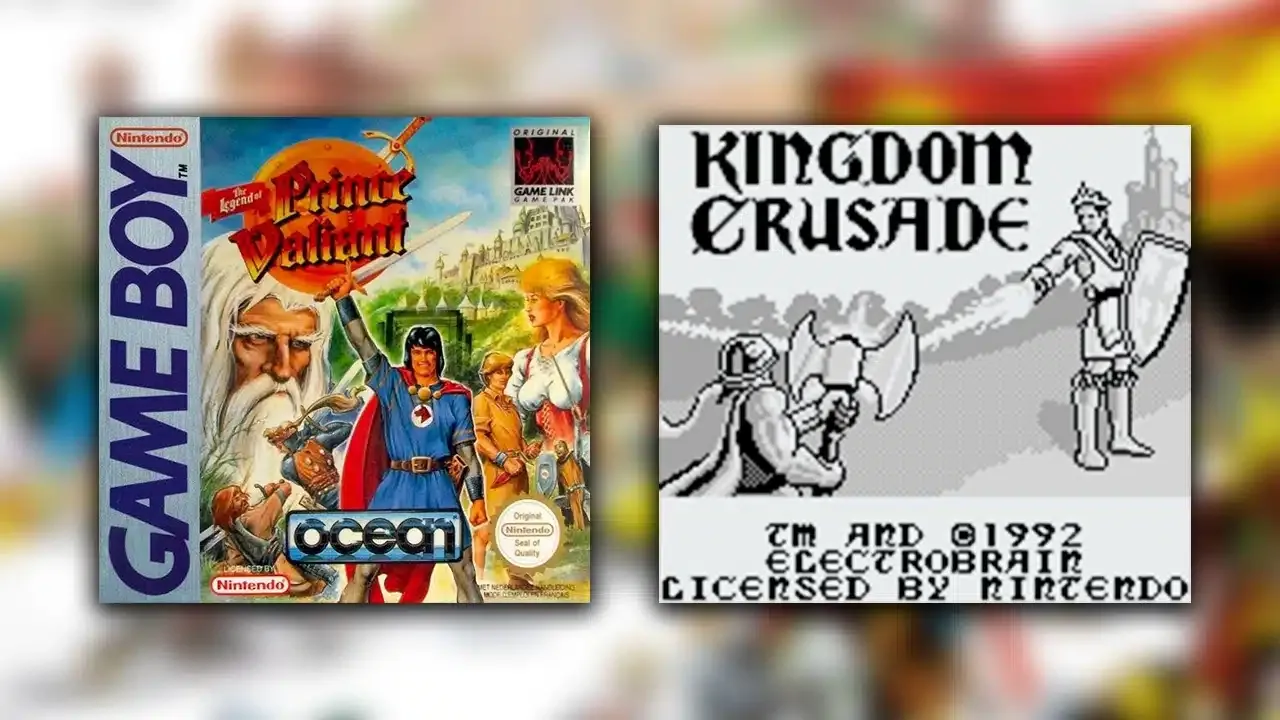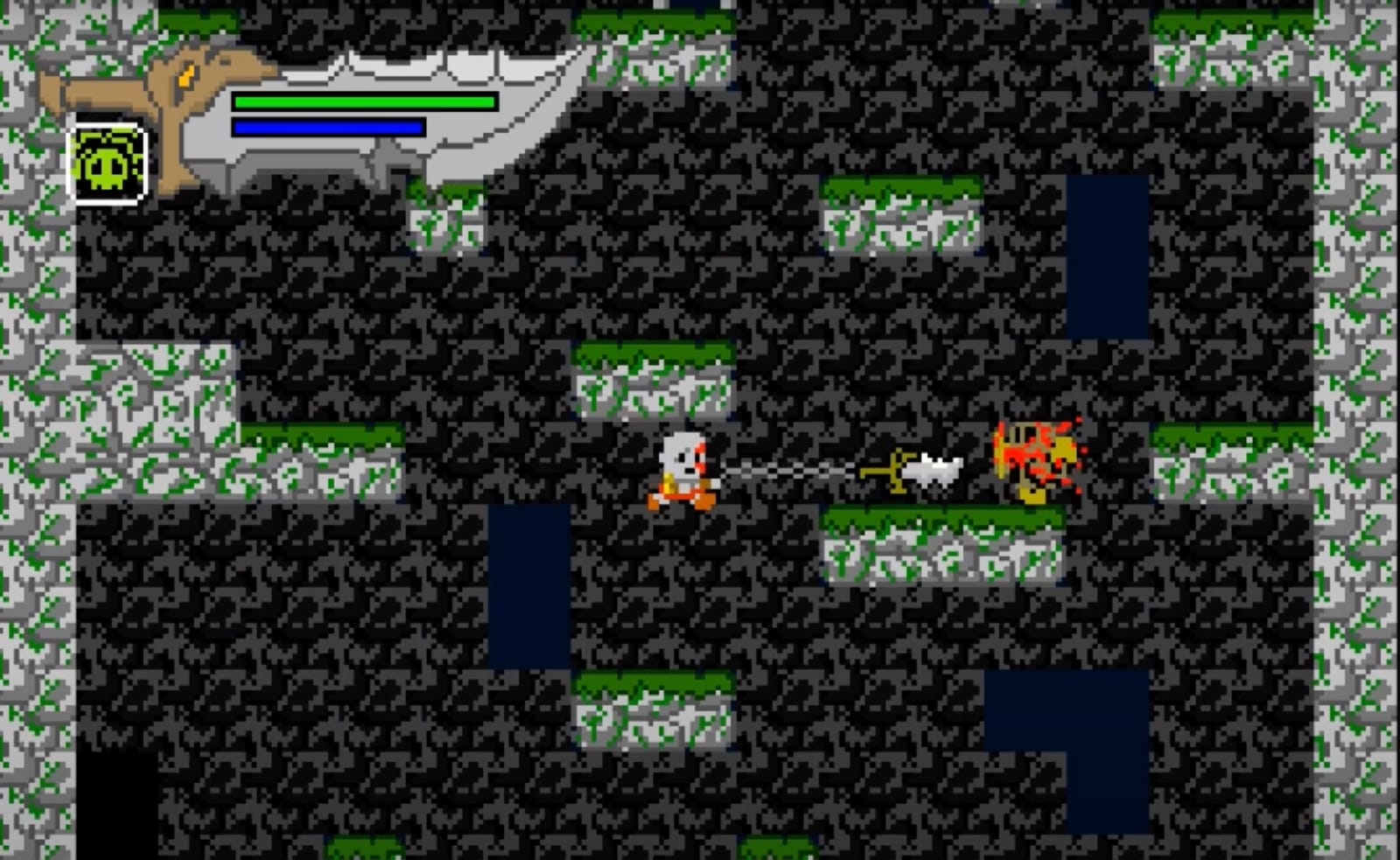When I got my Gameboy, I played Tetris for hours. I sunk weeks into Super Mario Land, learning all the secrets and drooling over those all-too-brief shoot-‘em-up sections.
On that subject, the brilliant Gameboy conversion of the arcade game R-Type was another favourite, as was Motocross Maniacs. But after a while, I hankered after something else. Something a bit different.
That game would be Kingdom Crusade, or as I knew it, The Legend Of Prince Valiant.
Rewind four years. Before the Gameboy, my gaming machine of choice was the Sinclair ZX Spectrum, and it was a similar situation.
For years, I was obsessed with shoot-‘em-ups and platform games. Then came Archon. Originally released in 1983 on the Atari 8-bit, Archon: The Light And The Dark is a strategy game based on a Chess-like chequered board.
The objective is to eliminate your opponent or occupy all five power squares on the board. In 1989, Electronic Arts released a compilation containing the original Spectrum conversion and its sequel, Archon II: Adept, and these games offered a strategic complexity rarely seen on the 8-bit computer.
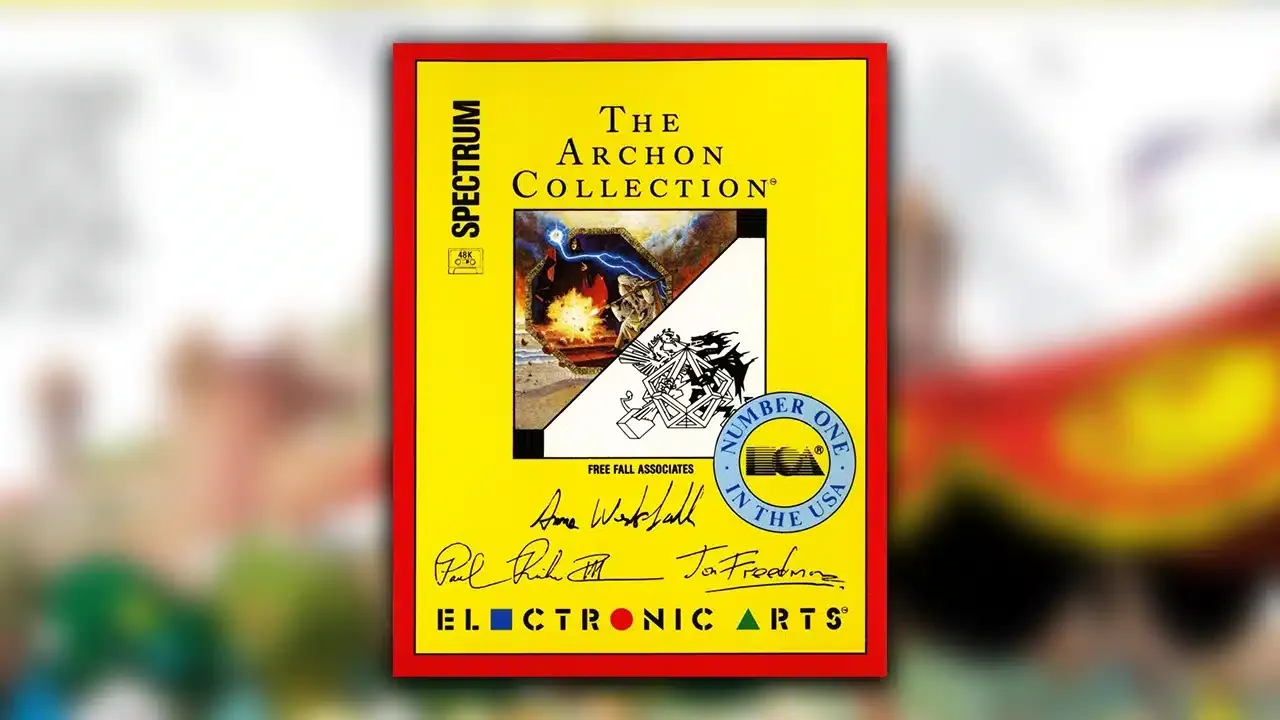
The original game, in its relative simplicity, was my favourite. When two units clash, the view zooms in as they battle to the death, the winner claiming the square for its side. Yet there’s much more to Archon beyond its combat mechanics. Each unit has different statistics related to its energy, ranged weapon and speed, while the sorceress/wizard (on the dark/light side, respectively) can cast spells.
Using all these elements wisely is the key to defeating your opponent and triumphing in the ultimate battle of light and dark.
I wasn’t the only fan of Archon. Thousands of miles away, in Salt Lake City, Utah, the Atari 8-bit game was capturing another imagination. “I really enjoyed playing it,” remembers Adam Clayton, the designer and lead coder on Kingdom Crusade. “I liked the balance of strategy and action, the idea of moving pieces around and them then fighting it out.”
This combination, separating the dry gameplay of pure strategy games with a more exciting combative style, became a winning formula, influencing games such as Star Control and the output of renowned British developer Julian Gollop.

While the mystical world of Archon engrossed Adam, a new games development company was rising. Founder by George Metos, Peter Adams, and Bryan Brandenburg, Salt Lake City’s Sculptured Software began in 1984, busily porting old and new games to the Atari family of computers and consoles.
Adam started work at Sculptured in 1987. “Initially, it was a bunch of contract programmers working from home and coming into the office to check off their milestones. We were paid by the work completed, and they also had contract artists.”
The system appeared to work well, with the developer creating a huge amount of games within a short space of time. Yet by the end of the nineties, the formats with which Sculptured had made its name were dying.
Enter the Gameboy. Small and efficient, the handheld dominated its market and was a natural next step for the developer. Adam moved from Atari 2600 and 7800 games such as Dark Chambers and Fatal Run to the Nintendo handheld. “I was given the green light to work on a [Gameboy] game, but we didn’t have a publisher at the time,” he recalls. Adam instantly thought of Archon’s chessboard style for his game’s design.
“Using Lego bricks, I built an example game board similar to the one in Archon.” The videogame then evolved in two parts.
“We had the main map view – programmed by Steve Aguirre, and then the combat world view. I started with the board like in Archon, and over time, I came up with the idea of going from map view (board) to world to get around. I then auto-generated each world based on a random seed.”
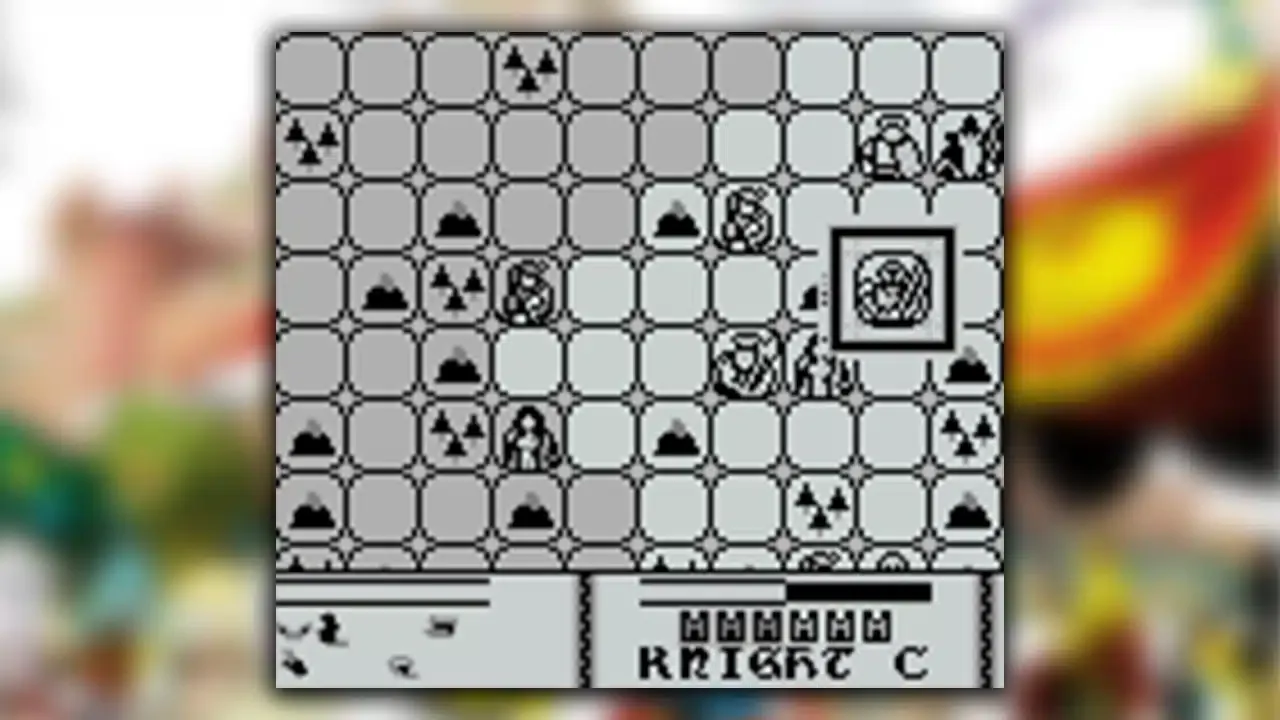
Kingdom Crusade’s portentous instruction manual explains the first important decision the player makes, instantly betraying its origins. “For Good or for Evil is thy choice. Thou mayest take the role of the dark kingdom set on wiping light from the face of the earth, or the role of the light kingdom, given no choice but to vanquish thy evil adversary.”
After a set of further options and choices, a grid-shaped map faces the player, its squares shaded light or dark according to which faction owns them. A set of characters is randomly dotted around your kingdom’s fields, mountains and castles; clicking on one homes in on the character presents a closer view, complete with the local scenery.
The objective is to guide your characters into enemy territory, eliminating the opposition and capturing their castles (by claiming all the locations around the castle). Each character has strengths and weaknesses.
The bowman, for example, is swift and has a good ranged weapon; the knight, by contrast, is strong, but slow and doesn’t possess a ranged attack. Balancing all these characters against particular enemies and locations is vital to conquering your enemy.
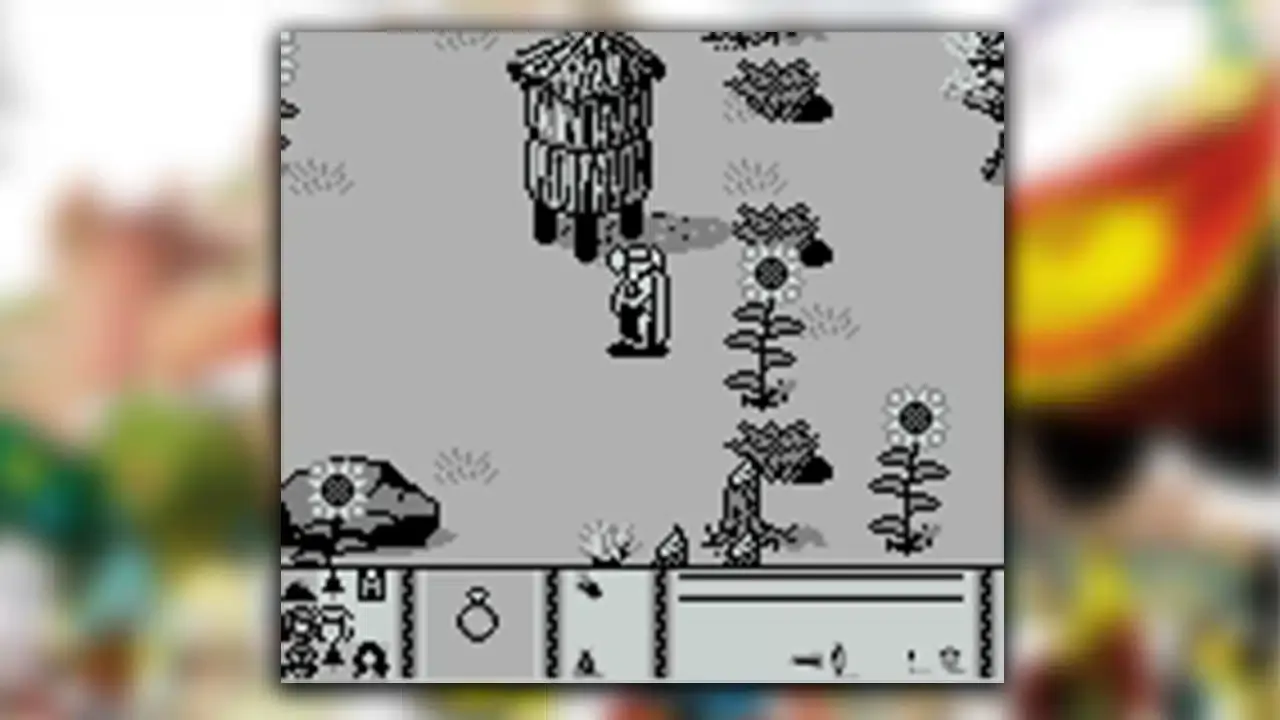
Each game randomly generates the location of characters and the topography of Kingdom Crusade’s world. This unpredictability, wedded to the game’s magical items, was the required depth. “We added the concept of health bars and the items that you could activate for special abilities,” explains Adam. “Also, the kind of terrain you fought on gives you an advantage or disadvantage based on who you were fighting against.”
The terrain details gave Adam the biggest headache, working out the background priorities as the characters moved around each semi-isometric location. Magical items include a telescope (reveals more information about enemies and their castles), rabbit (increases character speed), and wings (allows you to change direction mid-jump); while spells range from invisibility to invulnerability and the coveted Circe’s Circle Of Life, the casting of which instantly resurrects a vanquished colleague.
To help them with Gameboy development, Adam and his colleague, Arti Haroutunian, created a development system for the handheld.
“Arti was in charge of the hardware and me software. We designed a board that fit into a PC, with a ribbon cable that fed into a cartridge slotted into the Gameboy. We also had some simple debugging features, and although not much compared to today, the system helped a lot.”
Also working on the game was Steve Aguirre, who helped program the UI and main map; Mike Ulrich (art); and, most memorably, Paul Webb. Paul’s crunching sound effects and suitably medieval music boosts the atmosphere, from its stomping castle tune to the pastoral theme as its characters wander throughout the rural land.

Like its famous forebear, Kingdom Crusade perfectly balances its gameplay between action and strategy, and if, like me, you were a bit fed up with platform and shooting games, it was perfect. But we almost didn’t get it – Kingdom Crusade’s gameplay, forged in a previous era, was a hard sell for publishers in both Europe and the States. Eventually, in 1991, a solution was found, at least for the former.
The Prince Valiant comic strip debuted in American newspapers in 1937 with an epic blend of Arthurian legend and visually rich art. A 1954 movie starring James Mason in the title role cemented its popularity before 1991’s cartoon update, The Legend Of Prince Valiant. Starring Robby Benson as Prince Valiant, Alan Oppenheimer as Merlin, Efrem Zimbalist Jr as King Arthur and Tim Curry and Samantha Eggar in supporting roles, the cartoon ran for two seasons and 65 episodes on The Family Channel, appearing on the BBC in the UK.
The British software publisher Ocean Software, already experienced in licensing, agreed to publish the game provided it could weld it to the cartoon. The licence was well-chosen: Kingdom Crusade’s plot mirrors the cartoon, in which Prince Valiant, his family and loyal supporters attempt to take back their erstwhile realm from the rule of its evil conquerer, Cynan.
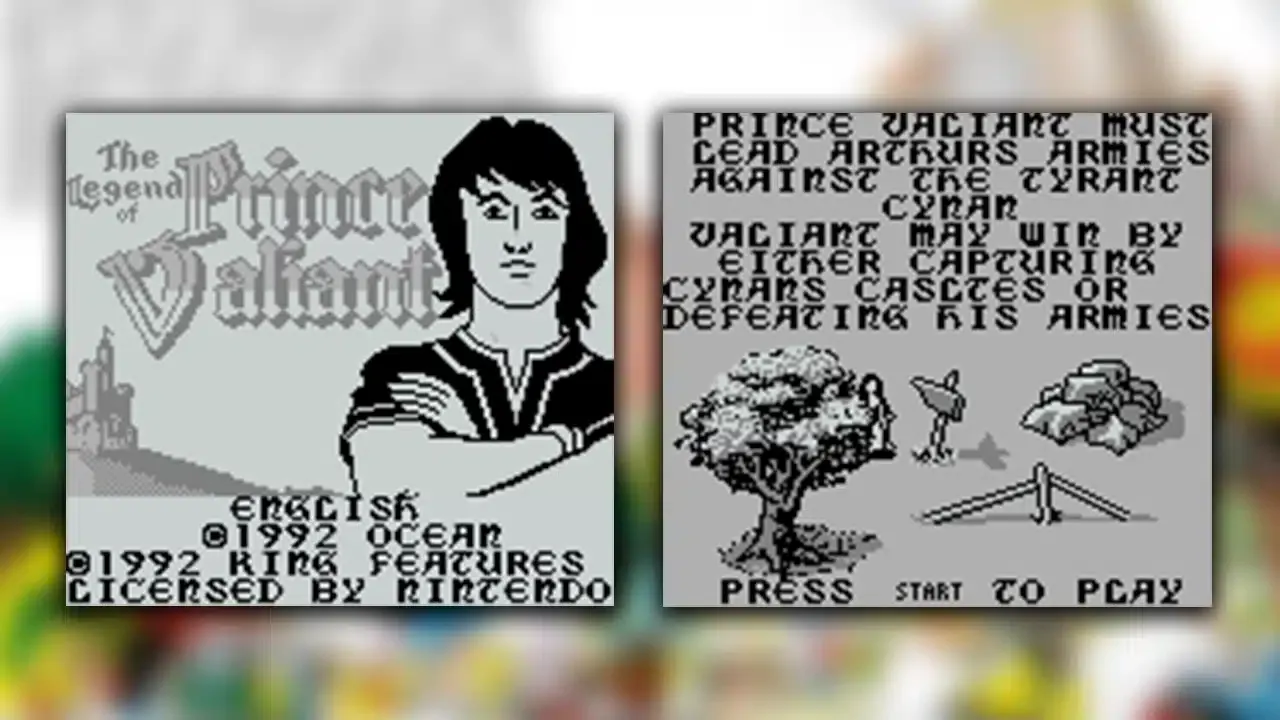
Adam and his team made subtle adjustments, most importantly renaming the knight character to Prince Valiant, and released the game in 1991 as The Legend Of Prince Valiant.
A year later, Sculptured finally found a publisher for its game’s American release, and it didn’t stray far, inking a deal with fellow Salt Lake City company Electro Brain. “I don’t think it sold very well,” says Adam sadly.
“I certainly did not receive any royalties – but I am just glad it got released. We tried to come up with some elements that would make it easier while also giving the game long-lasting appeal. However, compared to how much time is spent on tuning things in modern games, we ended up shipping before it could be tuned much.”
Tuned or not, this game captured my imagination and caused hours to disappear from my life. Second-hand prices for both games today reflect their lack of success – a mint-boxed Prince Valiant can fetch over £200.
Sculptured soon abandoned the Gameboy, focusing on Mega Drive and Super Nintendo games until the rapidly-expanding Acclaim acquired it in 1995. After founding Kodiak Interactive with ex-colleagues, Adam moved to Avalanche Software in 2001 and was most recently involved with another magical adventure, Hogwarts Legacy.
It’s a stellar career of a lifelong programmer and gamer – it was a young Adam Clayton who wrote to Atari back in 1980, pointing out the existence of a hidden room inside Warren Robinett’s ground-breaking Atari 2600 game, Adventure.
But that’s a legend for another time.


